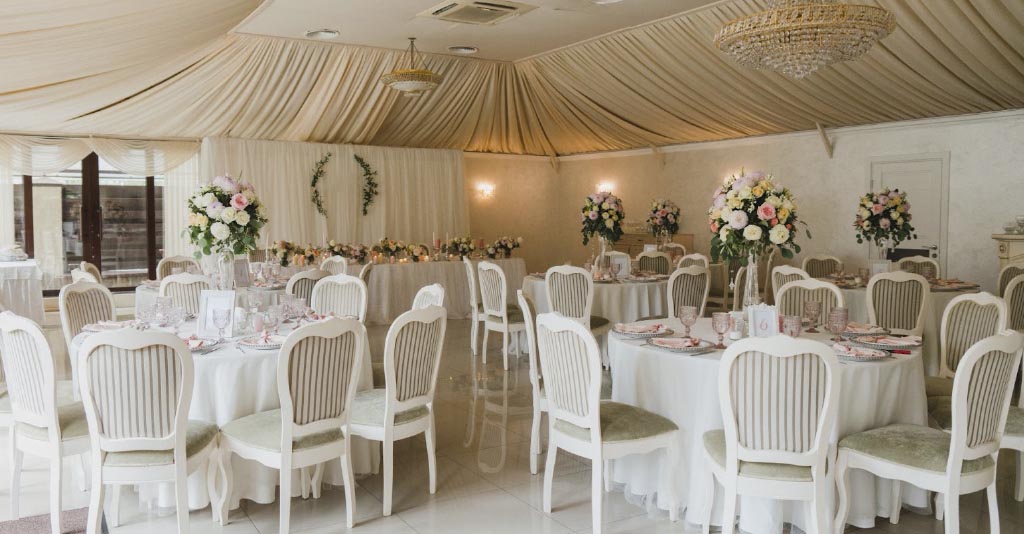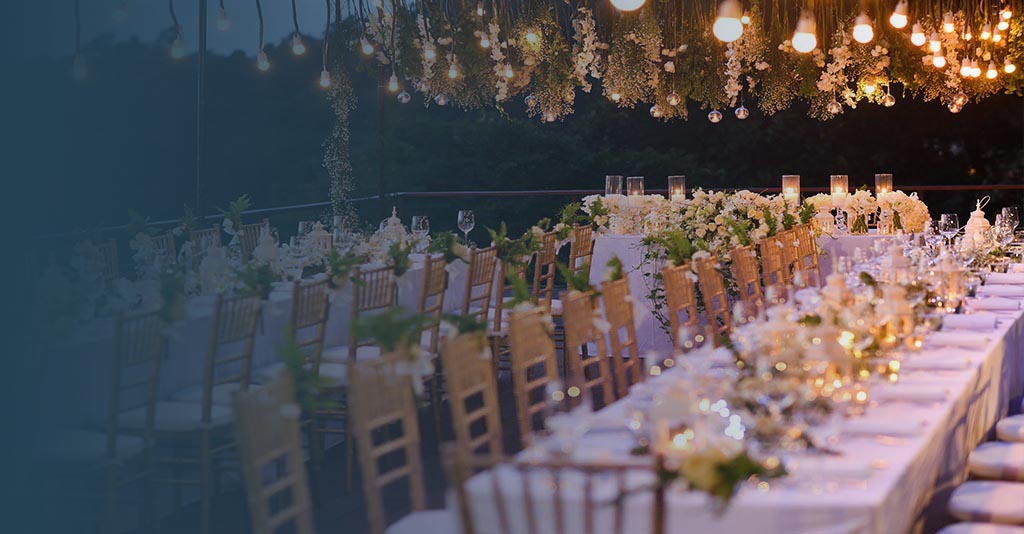It’s the time for weddings and celebrations, and many of these occasions can take place outdoors, taking advantage of the good weather. We all know the challenge that these events represent, both for pre-existing professional indoor kitchens and those kitchens more focused on outdoor events: everything must be served in a timely manner. To ensure this, the kitchen in which the preparation takes place must be adapted to events of this type. In today’s post we’ll advise you on how to achieve this.
Let’s start with a basic industrial kitchen design principle: take into account the type of establishment, the number of diners to be served, the size and variety of the menu and the space available. Transferring this to a wedding, it stands to reason that numerous guests will need to be served, but that the variety of dishes will tend to be reduced.

For the preparation process, there are two options: either the products follow a hot line or a cold line. The first one involves cooking, plating and serving. The second involves advance preparation, freezing and regenerating. The first way is not the most advisable in the context of a wedding, because it requires a lot of space, staff and the pressure of everything needing to be “on time” without delay and at the right temperature. Therefore, the latter is usually chosen.
The basis of this cold line production model is as follows: on the day of the event, the dishes are practically finished and when served, they are placed on special trolleys and introduced into a regeneration oven to finish cooking and achieve the optimum degree of heat for consumption.
Anyone who works in a professional kitchen knows that freezing large quantities of food is necessary in order to preserve it and serve it on time. However, there is a risk that the food may lose some organoleptic qualities during the defrosting process. This is where food regenerators can help us. These make it possible to serve the prepared food with the original taste, appearance and quality. They are especially useful at outdoor weddings, where the dishes need to be regenerated on the spot. There are many options on the market. You can consult ours on our website.
Let’s move on to more things to look out for! During the pre-processing of the products, they must follow the “always forward” flow to avoid cross-contamination, and the cooking elements with which they are prepared, such as fires and griddles, must be conditioned to the requirements.
Any event of this kind requires solid organisation and high-quality, comprehensive equipment.
You can always count on our 30+ years of experience and wide range of more than 12,000 products that will adapt to your needs to complete your equipment and guarantee the success of any event you may be supervising.


